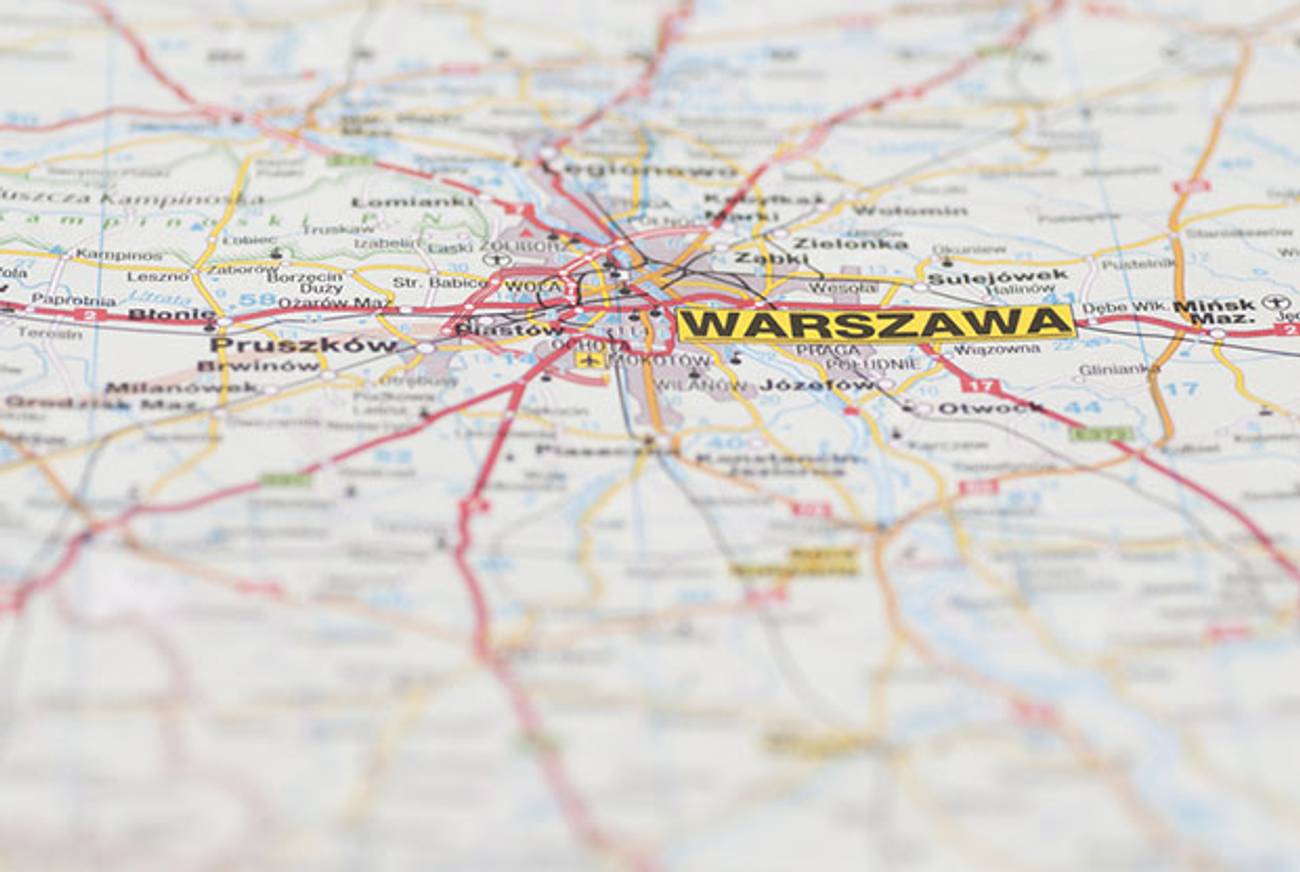Tablet, Warsaw Edition
The week of the 70th anniversary of the ghetto uprising, Tablet magazine reported from Poland




Welcome to Tablet, Warsaw edition.
The week of April 15, the Tablet staff published the magazine from the Polish capital, which was playing host to a citywide commemoration of the 70th anniversary of the Warsaw Ghetto uprising. The events concluded on Friday with an official ceremony at the new Museum of the History of Polish Jews, profiled last week in these pages by Allison Hoffman.
Why are we doing this? In a real sense, Warsaw was the precursor to New York—the diaspora city that in recent historical memory boasted the largest and most influential Jewish population anywhere in the world: On the eve of World War II, one out of three inhabitants of the city were Jewish Poles.
Of course, the story of Jews in Poland—a history that stretches back hundreds of years—is now primarily understood in the context of the Holocaust. This is as it should be: It is the gravest, most important chapter in Polish Jewish history. But it isn’t the only one, and—as even a cursory trawl through our own archives reveals—the larger story is complicated beyond measure. (If you’re looking for even more afternoon reading, here’s the full search page for Tablet stories about Poland.)
The transition from personal memory to historical memory of the Holocaust is part of a huge change in contemporary Jewish life that we are only beginning to understand, one that is reshaping how Jews understand ourselves and our community. And so we are here this week to expand our knowledge of what happened here during the Shoah, as well as to learn more about the unimaginably rich Jewish world that existed in Poland before the war, and the one has been—remarkably, problematically, excitingly—emerging here since. (It also seems worth pointing out that both the current President of Israel, Shimon Peres, and the Prime Minister, Benjamin Netanyahu, are of Polish Jewish descent.)
What we hope to offer is not a comprehensive analysis at the past and present of Polish Jewish life—an impossible goal—but rather a kaleidoscopic look, driven and informed by the perspectives of many different people. Our coverage included a slate of feature pieces written by outside contributors (including a look at a controversial new film making waves here, and a remarkable piece on the complex legacy of a scholar who, depending on your perspective, either saved precious documents from the Nazis or stole the cultural patrimony of French Jews.) As for the staff, there are nine of us on this trip, which we organized in cooperation with the Polish Cultural Institute New York, and we’ll be covering a lot of ground. We’ll try to write about as much of it as we can, but follow us on Facebook, Twitter and Instagram—where we’ll also be sharing things we may not have the time to cover in the pages of the magazine. Hashtag #TabletWarsaw.
Oh, and if you haven’t done so already, mouse over the Tablet logo for a this-week-only treat. It’s a small tip of the hat to the language once spoken by the majority of the world’s Jews, and to the culture of which it was a part—one to which our magazine, and American Jewish culture at large, owes an enormous debt.
Alana Newhouse is the editor-in-chief of Tablet Magazine.